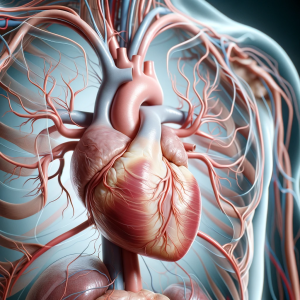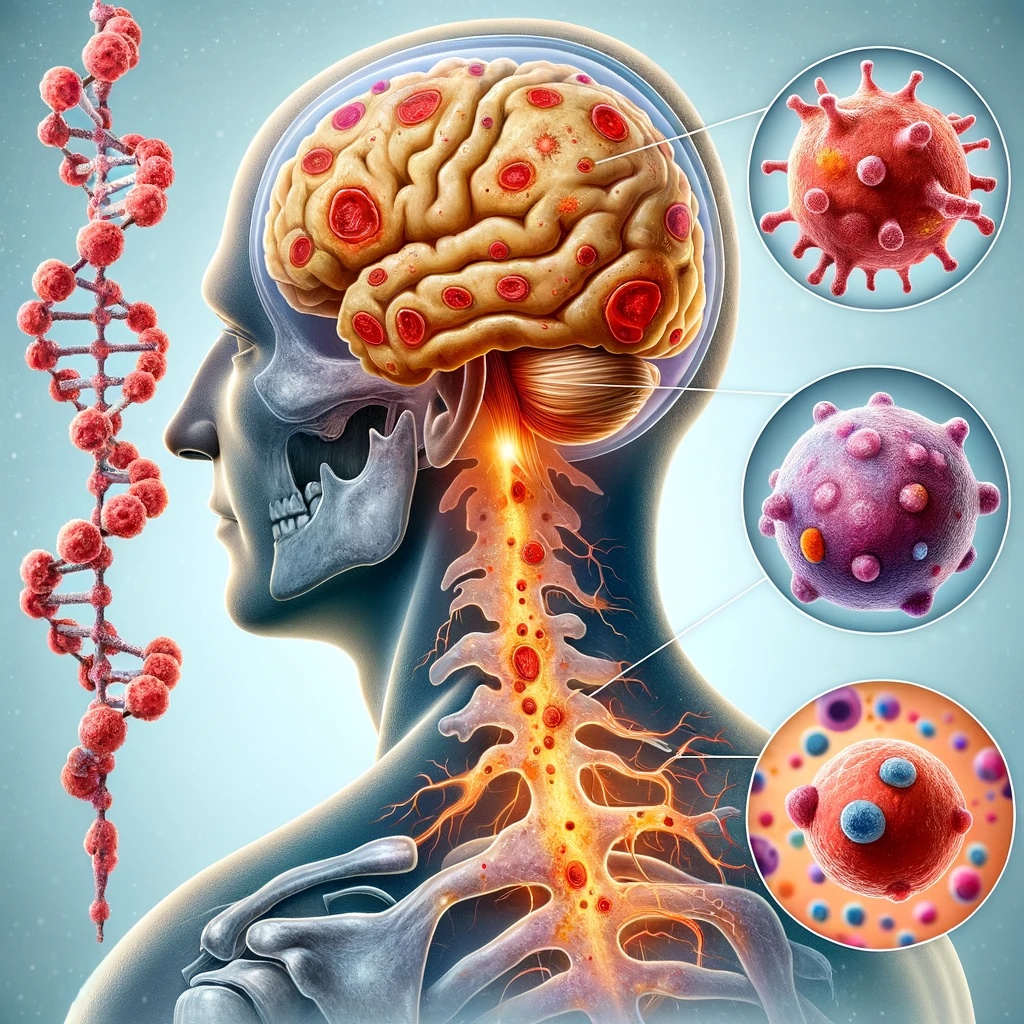
Abstract: This article provides an in-depth analysis of abdominal aortic dissection, focusing on its etiology, risk factors, and the pathophysiological basis for its development.
1. Introduction: Abdominal aortic dissection is a life-threatening condition characterized by the splitting of layers within the aortic wall. Prompt recognition and management are imperative due to its high morbidity and mortality rates.
2. Pathophysiology: The pathogenesis involves an intimal tear, allowing blood to enter the medial layer of the aorta, creating a false lumen. This process is typically precipitated by structural weakness in the aortic wall, often compounded by hemodynamic factors.
2.1 Structural Vulnerability: Degenerative changes in the aortic wall, particularly the loss of elastin and smooth muscle cells, play a crucial role. These changes can be accelerated by genetic conditions such as Marfan Syndrome or Ehlers-Danlos Syndrome.
3. Etiological Factors: While the exact cause of abdominal aortic dissection can be multifactorial, several etiological aspects have been identified:
3.1 Hypertension: Chronic hypertension is the most significant risk factor, contributing to around 70% of cases. Persistent high blood pressure leads to degenerative changes in the aortic wall, predisposing it to dissection.
3.2 Genetic Disorders: Connective tissue disorders like Marfan Syndrome, characterized by genetic mutations affecting the structural integrity of the aorta, significantly increase the risk.
3.3 Trauma: Physical injury to the abdomen can precipitate an aortic dissection, particularly in the context of pre-existing aortic pathology.
3.4 Iatrogenic Causes: Medical procedures involving the aorta, such as catheterization or surgery, can sometimes lead to dissection.
4. Risk Factor Modification: Effective management of risk factors, particularly hypertension, is critical in the prevention of abdominal aortic dissection. Regular monitoring and genetic counseling for at-risk populations are also vital.
5. Conclusion: Understanding the multifaceted causes and risk factors for abdominal aortic dissection is crucial for prevention, early detection, and effective management of this potentially fatal condition.





